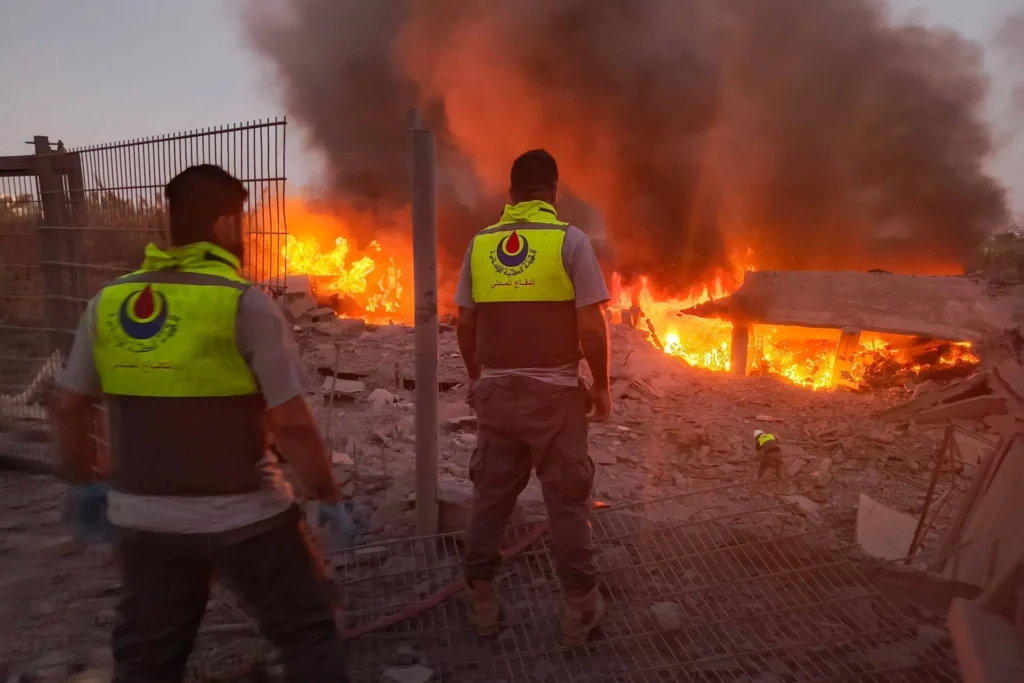Following the assassination of its leader, Sayyed Hassan Nasrallah, Hezbollah is bracing for a long war of attrition in southern Lebanon, with a newly established military command now directing its operations, according to sources familiar with the group’s activities. Despite sustaining major losses from three weeks of devastating Israeli airstrikes, including the elimination of much of its leadership, Hezbollah continues to launch rockets and engage Israeli troops that have crossed into Lebanon.
While Hezbollah has lost significant military assets and infrastructure, sources report that the group retains a stockpile of powerful precision-guided missiles, which it has yet to deploy in the ongoing conflict. After Nasrallah’s death on September 27, the group took 72 hours to establish a new “operations room” to direct its fighters. This command center has enabled Hezbollah to maintain coordination in launching attacks against Israeli forces and has kept communications intact through a dedicated, fixed-line phone network.
The Iran-backed militia is now relying on guerrilla tactics and tunnel warfare, having built an extensive tunnel network across southern Lebanon. These tunnels have been used in ambushes on Israeli troops, with the group deploying mines and anti-tank missiles in battle. Israeli military sources confirm that Hezbollah’s tactics involve close-quarters combat, and the group continues to resist Israeli advances despite sustaining heavy casualties. Israeli forces have entered Lebanon with thousands of soldiers and armored units, targeting Hezbollah strongholds and attempting to neutralize its threat along the Israeli-Lebanese border.
Israeli airstrikes, which began escalating in late September, have inflicted severe damage on Hezbollah’s missile stockpiles and communications networks. However, Hezbollah fighters, operating under a newly structured command, have managed to continue their resistance, using both rocket attacks and tunnel-based guerrilla warfare. Israeli analysts assert that despite its losses, Hezbollah remains a formidable threat, with its most advanced missiles kept in reserve for strategic use.
Hezbollah’s struggle against Israel is not just a military one; it is also symbolic. The group was founded during the 1980s to resist Israeli occupation, and its deep ties to the Shi’ite community in Lebanon have been strengthened through years of conflict. The ongoing battle is being watched closely by both Hezbollah’s allies, including Iran, and adversaries. The outcome of the war of attrition will likely shape the region’s political and military landscape for years to come, as Israel seeks to restore stability in its northern regions and Hezbollah strives to maintain its influence.



